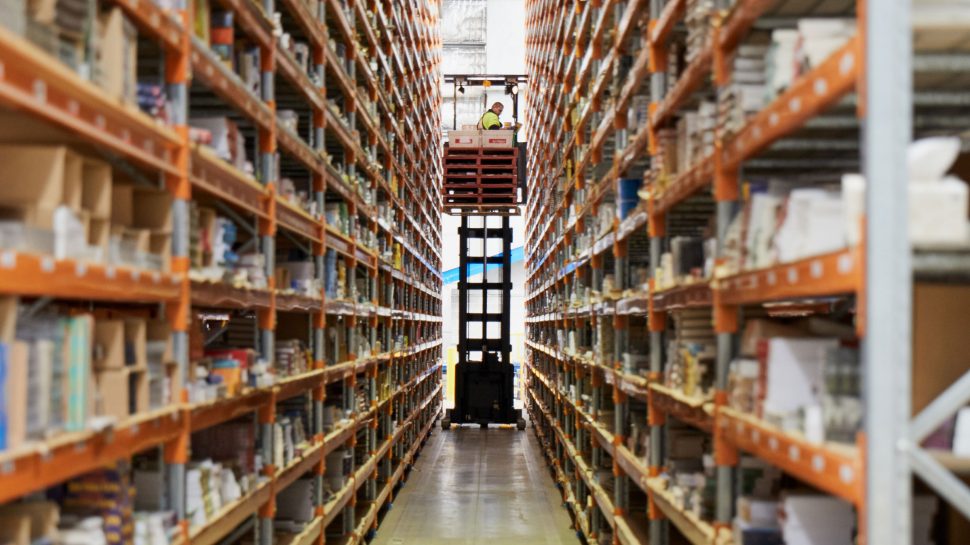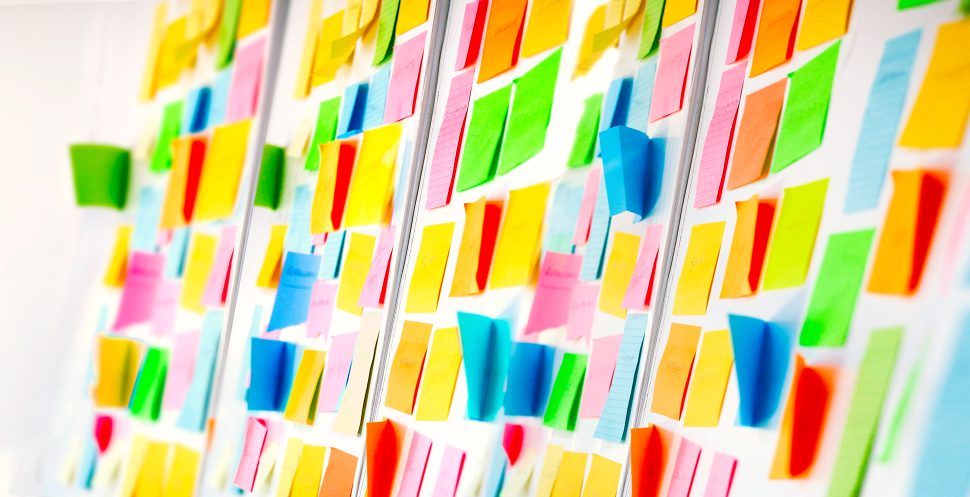
Track mail using Domestic letter with tracking Imprint
When you need to send important mail to customers, using tracked mail services such as Domestic letter with tracking Imprint will give you both added peace of mind.
Latest insights

When you need to send important mail to customers, using tracked mail services such as Domestic letter with tracking Imprint will give you both added peace of mind.

Australia’s digital divide has become even more apparent. Discover how strong partnerships between organisations can help make sure nobody is left behind.

Discover how Australia Post’s rich data capability can help you find new ways to meet community needs.

In an Australia Post Connect webinar, Bernard Salt shared his views on changes to the Australian way of life and the future of service delivery.

The coronavirus pandemic has had a profound effect on the Australian way of life, prompting discussions around future opportunities for government service delivery.

Discover the four pillars of resilient supply chains and how your organisation can proactively address vulnerabilities and manage ongoing risks.

Planning ahead can help get support quickly to where it’s needed most in a disaster. Learn how partnering with Australia Post can help keep Australia strong.

This year’s unpredictability may make accurate sales and supply chain forecasting more challenging as retailers prepare for what is usually their busiest quarter. Deloitte’s Chris Coldrick and Craig Albiston discuss the importance of working collaboratively with logistics partners, and how scenario planning can help you adapt to supply and demand changes.

In a time when human connection has been challenging, Nextdoor has helped bring people together in their neighbourhood. When the app launched in Australia, Nextdoor turned to direct mail to drive online conversions and organic growth.

Silvio Giorgio, Australia Post’s General Manager of Data Science, shares how his team has transformed Australia Post’s data capability – and how it can benefit your business.

For managers and leaders guiding their people through this new reality, Beyond Blue has a few strategies for looking after your people's mental health and wellbeing.

Staying connected during a pandemic requires a strong commitment to partnership. Here’s how some organisations are working together to ensure no one gets left behind.

Our collective response to COVID-19 could be the catalyst for positive change. Australia Post is committed to building new capabilities to continue serving you and your customers at this time.

Governments at every level are responding quickly to the COVID-19 pandemic. We’re also seeing new levels of collaboration to strengthen the relationship between Australia’s leaders and its people. What can we learn from this experience to ensure greater resilience in the ‘new normal’?

Exceptional outcomes in next to no time. Who knew a big organisation could adopt an Agile approach? Australia Post did, as Cameron Gough explains.
Talk to us about taking your business forward